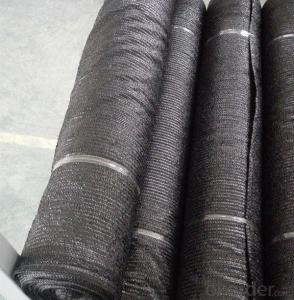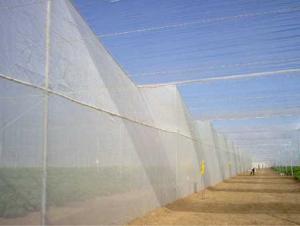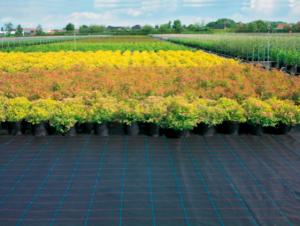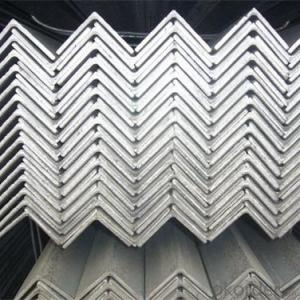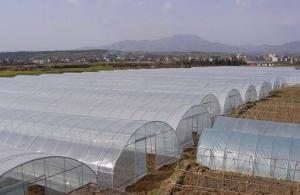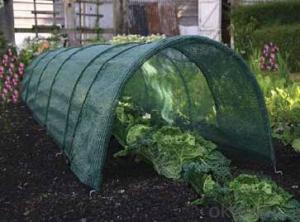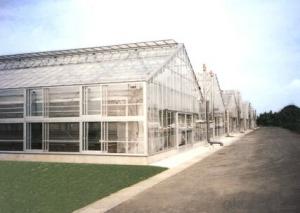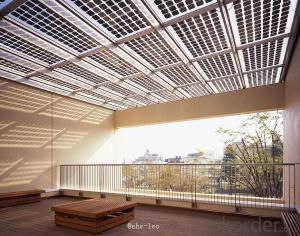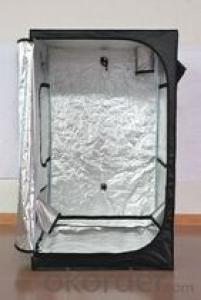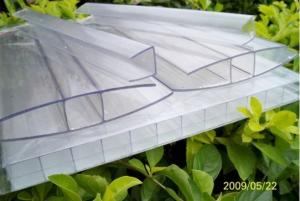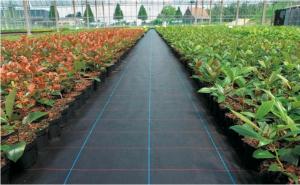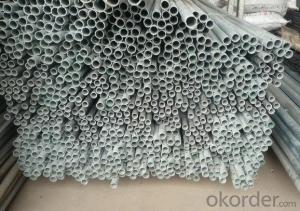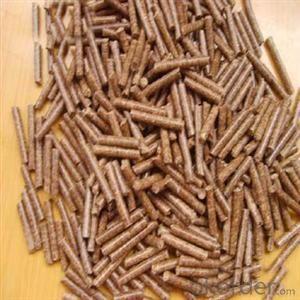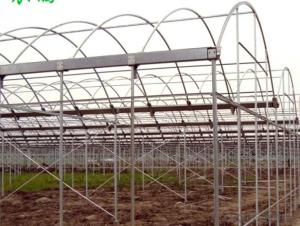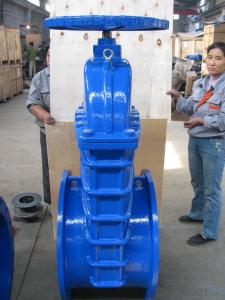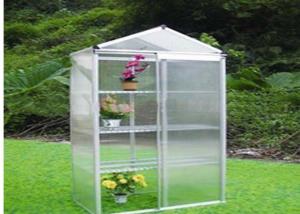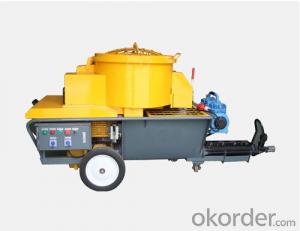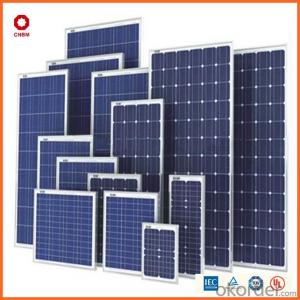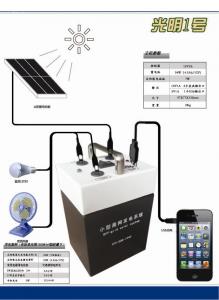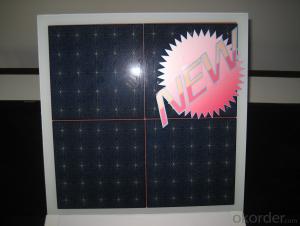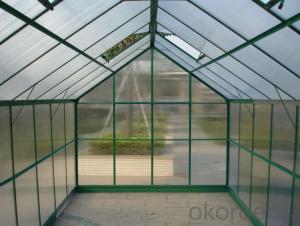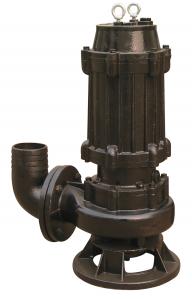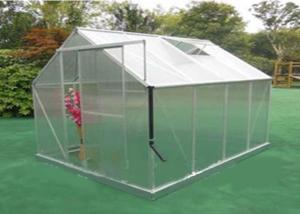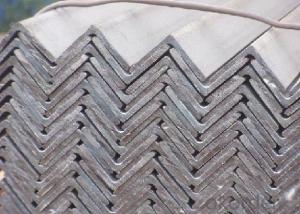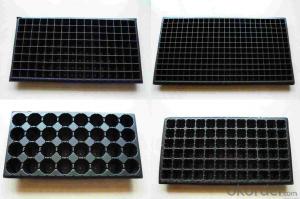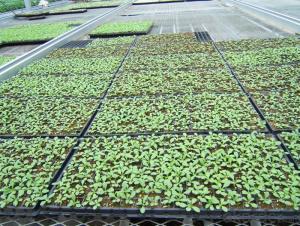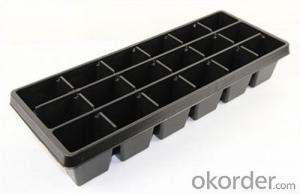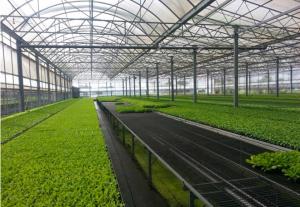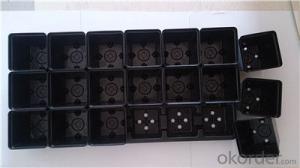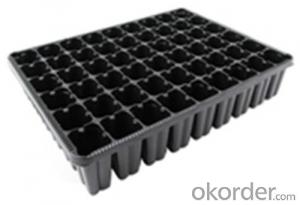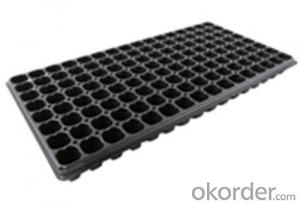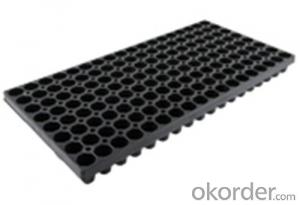Greenhouse Small
Greenhouse Small Related Searches
Cover For Solar Inverter Plastic Mat For Floor Deer Sculptures For Garden Pig Hot Water Bottle Cover Tartan Hot Water Bottle Cover In Ground Auto Lift Precision Ground Aluminum Plate Aluminum Greenhouse Kits Greenhouse Plastic Sheeting South Africa Plastic Greenhouse UkHot Searches
Sun Chairs For Sale Shade Netting Manufacturers South Africa Agricultural Netting Suppliers Plant Troughs For Sale Black Plastic Plant Pots Wholesale Plant Baskets Wholesale Net Manufacturers Garden Decorations For Sale Garden Awnings For Sale Esd Mat Price Garden Slabs Sale Garden Bench Sale Garden Supply Company Catalog Local Garden Supply Stores Shade Netting Manufacturers South AfricaGreenhouse Small Supplier & Manufacturer from China
Okorder.com is a professional Greenhouse Small supplier & manufacturer, offers integrated one-stop services including real-time quoting and online cargo tracking. We are funded by CNBM Group, a Fortune 500 enterprise and the largest Greenhouse Small firm in China.Hot Products
FAQ
- The types of plastic materials commonly used in making greenhouse structures include polyethylene, polycarbonate, and PVC (polyvinyl chloride).
- Plastic greenhouse shelves are used to arrange and showcase plants in an organized and space-efficient manner inside a greenhouse. They provide a sturdy and stable platform for holding potted plants, allowing for easy visibility and accessibility. The shelves can be adjusted or stacked to accommodate different plant heights and sizes, maximizing the use of vertical space. Additionally, the plastic material is lightweight, durable, and resistant to moisture, making it ideal for a greenhouse environment.
- Agricultural plastic products help with plant support by providing a stable and durable structure for plants to grow on. They offer support to the stems, branches, and fruits, preventing them from bending or breaking under the weight of the plant or environmental factors. This helps in optimizing plant growth, increasing yield, and improving overall crop quality.
- Plastic irrigation valves assist in controlling water flow by acting as a gate or a regulator that can be opened or closed. These valves are designed to be easily operated manually or automatically, allowing users to adjust the water flow or completely shut it off. With their durable plastic construction, these valves are resistant to corrosion and can withstand harsh weather conditions, ensuring reliable and long-lasting control over water flow in irrigation systems.
- Nursery trays typically last for several seasons, but the lifespan can vary depending on the quality of the materials used and how well they are maintained.
- Yes, ground cover plants can attract wildlife. These low-growing plants provide food, shelter, and nesting sites for various animals. They attract insects, which in turn attract birds, bees, and butterflies. Additionally, ground cover plants offer hiding places for small mammals such as rabbits and chipmunks. Overall, they contribute to creating a diverse and thriving ecosystem in your garden or natural area.
- Plastic pesticide containers are safely disposed of by following specific guidelines. The containers should be thoroughly rinsed with water to remove any pesticide residue. The rinsed containers can then be punctured or crushed to prevent reuse and ensure they are non-hazardous. These treated containers can be either recycled or disposed of in accordance with local regulations, such as taking them to designated collection centers or hazardous waste facilities. It is important to always refer to the instructions provided by the manufacturer and follow any specific disposal recommendations.
